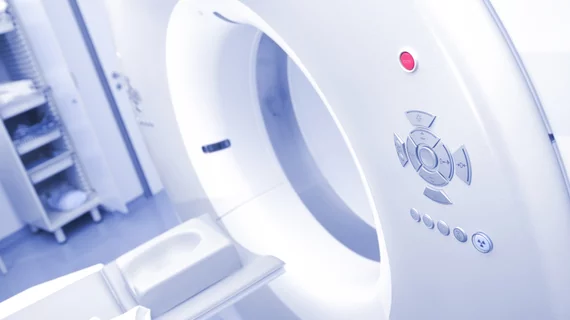As hospitals start to publish prices of their services, patients should theoretically be able to save money by shopping around. However, out-of-pocket costs to patients have little correlation with the amount insurers pay or the overall price of a procedure, according to a recent study of 14 representative Massachusetts hospitals by Pioneer Institute.
The study revealed prices of an MRI across different Massachusetts hospitals varied widely, with out-of-pocket costs ranging as well. For instance, the total price of an MRI of the knee without contrast was $476 at St. Vincent’s Hospital in Worcester and cost $1,423 at Boston Children’s Hospital. Out-of-pocket costs for the procedure ranged from $55 at Mt. Auburn Hospital to nearly four times as much––$206––at South Shore Hospital, the study found. Insurer payments were $352 at new England Baptist Hospital in Boston, compared to $1,236 at Children’s.
Furthermore, the amounts that insurers and consumers paid in out-of-pocket costs did not correlate, meaning in many cases consumers don’t feel the effects of price variation. In other words, higher out-of-pocket costs may not reflect higher overall costs at the hospital.
“For example, at New England Baptist Hospital the patient pays 30 percent of the total price while a patient at Tufts Medical Center or Mount Auburn Hospital pays less than 10 percent of the total,” the study read.
At Massachusetts General Hospital, patients pay $153 for a knee MRI, while patients pay $184 at Brigham and Women’s. The average paid to those hospitals was $987 and $905, respectively––more than the $733 average paid to South Shore.
While patients might not notice the effects of more expensive providers, there are still impacts, according to the study.
“While patients might not see a difference between many of these hospitals, higher utilization at a high-cost provider drives up the total cost of healthcare, which in turn can affect premiums,” the report read. “So even if the out-of-pocket amount is the same at two hospitals, there will be long-term financial consequences for choosing the costlier provider.”
Transparency around prices could help consumers choose lower-cost providers, according to the study. To incentivize consumers to choose higher-value, lower-cost providers, insurers and employers “bear a heavy responsibility to make such choices transparent and easy to access.”
One approach is to combine price transparency with consumer engagement through incentive programs, by sharing in savings with cost-conscious consumers. For example, insurers could provide consumers with a cash reward for choosing a local radiology center over a hospital for an MRI procedure.
According to the study, “everybody understands cold hard cash.”
For insurers, the savings can be significant. If all 3,107 people in the dataset from the study who received an MRI of the knee in Suffolk County in May 2015 had received the scan at the less expensive center in Middlesex County, insurers would have saved more than $269,000.
Price transparency, including transparency by doctors who refer patients for procedures, is a crucial part of cost containment, but more structures and incentives are needed. Opening up datasets to the public and engaging in public education could help further these savings and incentives.

